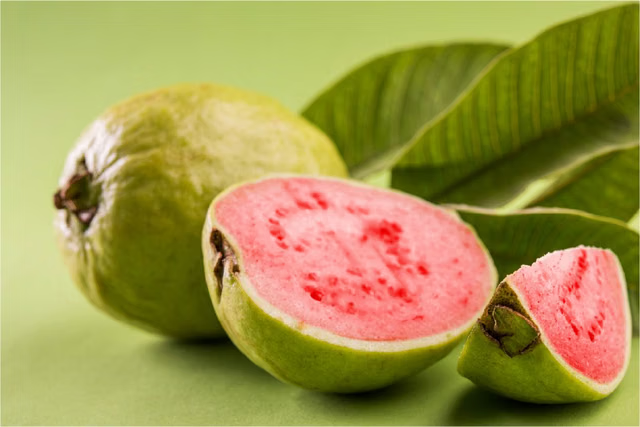Taro Leaves (Raw)
Taro leaves are a highly nutritious green vegetable, offering a range of vitamins, minerals, and dietary fiber. Commonly used in various cuisines, especially in tropical regions, taro leaves are rich in antioxidants and can be incorporated into a variety of dishes for added flavor and health benefits. Here’s a breakdown of the nutritional profile of raw taro leaves:
- Energy: 42 kcal
- Protein: 4.98 g
- Total Fat: 0.74 g
- Saturated Fat: 0.151 g
- Carbohydrates: 6.7 g
- Fiber: 3.7 g
- Sugar: 3.01 g
- Minerals:
- Calcium: 107 mg
- Iron: 2.25 mg
- Magnesium: 45 mg
- Phosphorus: 60 mg
- Potassium: 648 mg
- Sodium: 3 mg
- Zinc: 0.41 mg
- Copper: 0.27 mcg
- Manganese: 0.714 mg
- Selenium: 0.9 mcg
- Vitamins:
- Vitamin C: 52 mg
- Vitamin A: 241 mcg
- Vitamin E: 2.02 mg
- Thiamin (B1): 0.209 mg
- Riboflavin (B2): 0.456 mg
- Niacin (B3): 1.513 mg
- Vitamin B6: 0.146 mg
- Folate (B9): 126 mcg
- Vitamin B12: 0 mcg
- Vitamin D2: 0 mcg
Allergen Information
Taro leaves are generally safe for consumption, but individuals with allergies to other root vegetables may want to exercise caution. Always ensure the leaves are cooked properly, as raw taro leaves can contain compounds that are toxic when uncooked.
Dietary Preferences
Taro leaves are suitable for various dietary preferences, including vegan, vegetarian, gluten-free, and low-fat diets. Due to their high fiber content, they can also support digestive health.
Tips for Preparation
When preparing taro leaves, it is important to cook them thoroughly to neutralize any potential toxins. They can be steamed, boiled, or incorporated into soups and stews. Taro leaves pair well with meats, seafood, or tofu for a nutrient-dense meal.
Conclusion
Taro leaves are a powerhouse of essential nutrients, including vitamins A, C, and a range of minerals such as calcium and potassium. They are an excellent addition to any diet, particularly for those seeking to boost their intake of plant-based nutrients. Cooked properly, taro leaves make for a versatile and healthful ingredient in a variety of culinary creations.










